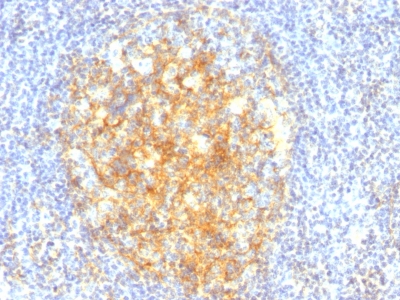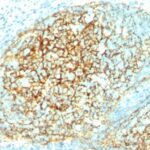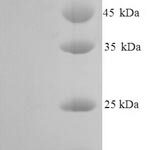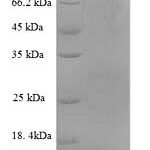Human Anti-CD106 / VCAM1 Antibody Product Attributes
CD106 / VCAM1 Previously Observed Antibody Staining Patterns
Observed Subcellular, Organelle Specific Staining Data:
Anti-VCAM1 antibody staining is expected to be primarily localized to the cell junctions.
Observed Antibody Staining Data By Tissue Type:
Variations in CD106 / VCAM1 antibody staining intensity in immunohistochemistry on tissue sections are present across different anatomical locations. Low, but measureable presence of CD106 / VCAM1 could be seen inlymphoid tissue in appendix and germinal center cells in the lymph node. We were unable to detect CD106 / VCAM1 in other tissues. Disease states, inflammation, and other physiological changes can have a substantial impact on antibody staining patterns. These measurements were all taken in tissues deemed normal or from patients without known disease.
| CD106 / VCAM1 General Information | |
|---|---|
| Alternate Names | |
| Vascular cell adhesion protein 1, vascular cell adhesion molecule 1, VCAM-1, cluster of differentiation 106, CD106, VCAM1 | |
| Molecular Weight | |
| 110kDa | |
| Chromosomal Location | |
| 1q21.2 | |
| Curated Database and Bioinformatic Data | |
| Gene Symbol | VCAM1 |
| Entrez Gene ID | 7412 |
| Ensemble Gene ID | ENSG00000162692 |
| RefSeq Protein Accession(s) | NP_542413, NP_001186763, NP_001069 |
| RefSeq mRNA Accession(s) | NM_001199834, NM_001078, NM_080682 |
| RefSeq Genomic Accession(s) | NC_000001, NC_018912, NG_023034 |
| UniProt ID(s) | P19320 |
| UniGene ID(s) | P19320 |
| HGNC ID(s) | 12663 |
| Cosmic ID(s) | VCAM1 |
| KEGG Gene ID(s) | hsa:7412 |
| PharmGKB ID(s) | PA37286 |
| General Description of CD106 / VCAM1. | |
| Recognizes a protein of 110kDa, identified as CD106 (also known as vascular cell adhesion molecule-1 (VCAM-1), INCAM-100). CD106 is a member of the Ig superfamily of adhesion molecules, is expressed at high levels on cytokine stimulated vascular endothelial cells,, at minimal levels on un-stimulated endothelial cells. It is also present on follicular, inter-follicular dendritic cells of lymph nodes, myoblasts,, some macrophages. CD106 serves as a ligand for leukocyte integrin (VLA-4 or CD49d/CD29), mediates cell adhesion of leukocytes to activated endothelium. It plays a role in various immunological, inflammatory responses. | |







Reviews
There are no reviews yet.